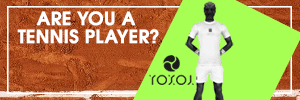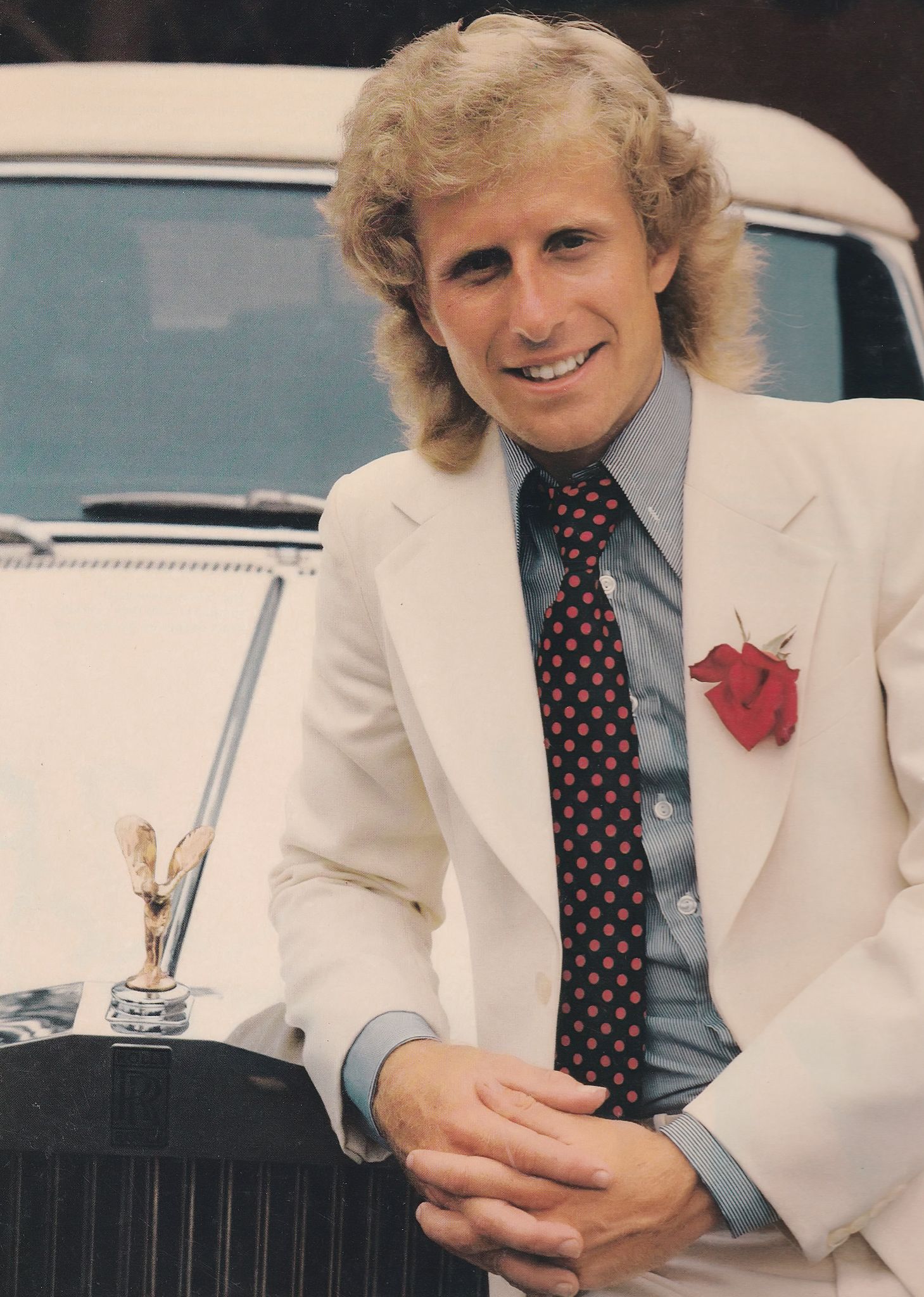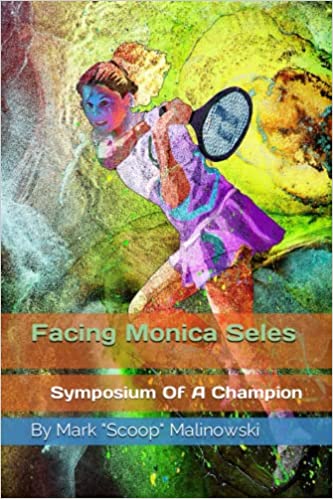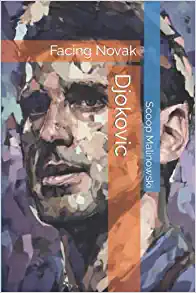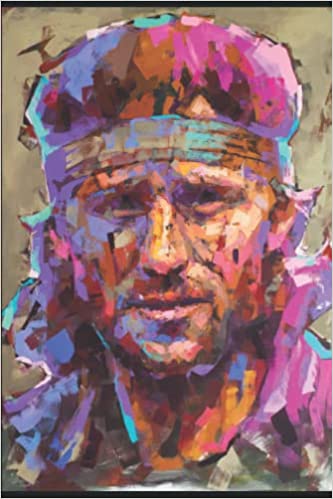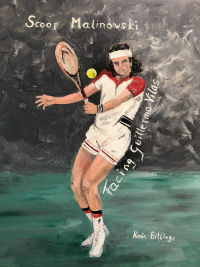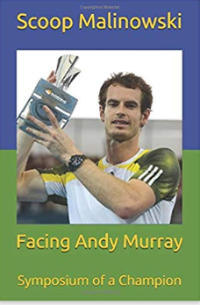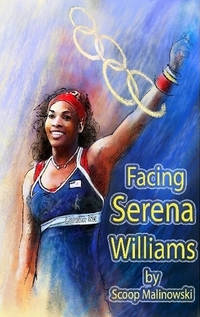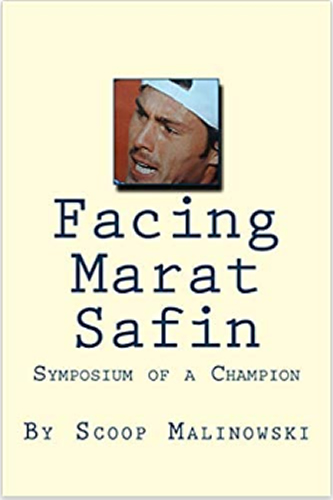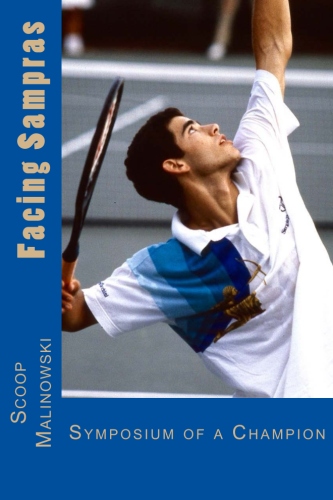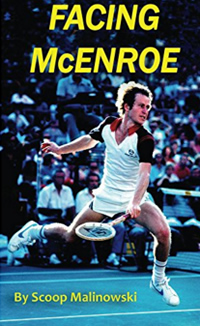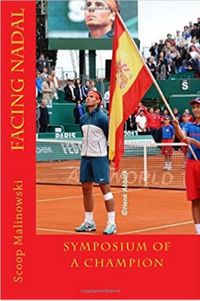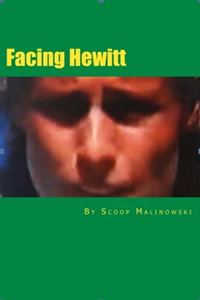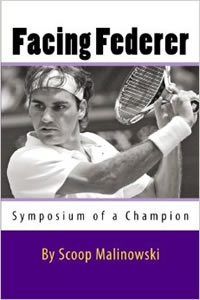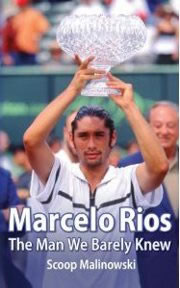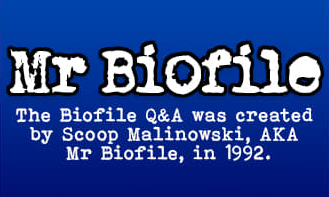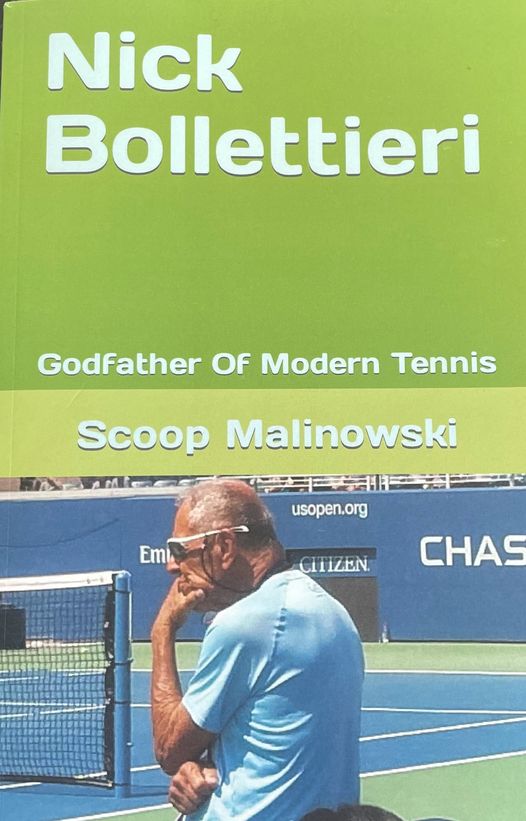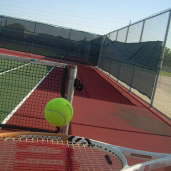
Cars have mechanics, champion athletes have nutrionist and fitness experts, and tennis racquets have… technicans.
Here is an interesting interview with Master Racquet Technician Gerald Sarmiento, based in New Jersey. Sarmiento is a fine tennis player, owner of two pro shops in Northern NJ and a partner with Furi Sport, a new creator of tennis apparel, attire, racquets and bags.
Question: What exactly is a Master Racquet Technician?
Gerald Sarmiento: Well, for starters, there are only about 560 of us in the world. And basically we’re like an encyclopedia for tennis. We specialize in the racquet sports industry, and you have to have a pretty large knowledge of all of them—tennis, racquetball, badminton, and basically our job is to try to outfit the consumer with the proper equipment.
Q: So you have a business for this?
GS: No, it’s a certification from the U.S. Racquet & Stringers Association, also known as the RSA.
Q: Where’s that based?
GS: Right now it’s based in Alabama.
Q: So you did your certification online?
GS: No, no. You take a test. I’m also a Certification Tester, and it’s a five-part test. There’s a hands-on part, which shows your competency as a stringer. In other words, how well do you string a tennis racquet? Or any racquet, for that matter. Then you replace the bumper guards – again, this is all about the maintenance of the racquet. Stringing, building the grip up, replacing the grip.
And then there’s a written portion. It’s 100 questions, and it asks you about everything from string technology, racquet technology. It’s multiple choice and you have to answer every question. Eighty-five out of 100 is a passing grade.
The RSA, they’re also part of the European Stringers Association, and it’s like a network for people in the tennis industry. We’re the elite corps of people that know a lot about racquets, strings, technology…
Q: So where did you get your training on all this? Did you go to some type of school?
GS: No. I actually learned how to string when I was younger, and I got pretty proficient at it by working at Spiegel Sporting Goods in New York City, in downtown Manhattan. I got really good at it, and I also worked the floor and learned the racquets.
And I was just really passionate about it. So I thought, ‘Let me really learn this.’ Everything I did, I wanted to be really good at. So I studied, and learned the ins and outs of strings and racquets. And as the years go on, you accumulate more knowledge.
Q: So is this something you do as a side hustle? Or is it your main line of work?
GS: It’s my main line of work. I own two stores—Tao Tennis Shops in New Jersey, and I also string on the tour. I was in charge of the Connecticut Open until they lost their title sponsorship. And I’m also in charge of the International Hall of Fame, up in Newport, Rhode Island in July.
Q: So that must be fun, hanging out with all the pro players?
GS: Exactly. You gain their trust, and they become your client. And the work goes into the customization end, not just working with someone to get the right tennis racquet for them, and strings. When you’re working with a player at a higher level, they want a specific racquet at a specific weight and a specific balance. So you have to try to create those racquets for them.
Q: What if a player is sponsored by a particular racquet brand? Are you able to step in and work with that racquet brand to get the player’s exact specifications?
GS: That all depends. With Head, they have in-house customization. Wilson, Babolat, Yonex, they all have in-house customization, too. But then there are people who do stuff independently, outside of the company.
So if Player A is sponsored, and doesn’t want to get the racquets customized in-house, they’ll send it to whoever they’re comfortable with. So if I have that player, I may call up the racquet company and say, ‘Hey, So-And-So is going to need X frame, we need this amount shipped over, these are the target specs.’
And then I finish off with whatever the player needs, whether it’s a grip or something else. Some players have specific grips, molded handles, length of the racquet, balance, weight, etcetera etcetera. I step in and do all that stuff.
Q: Do you sell a lot of different racquet brands at Tao?
GS: Yes, every major brand. We’re a full pro shop here in New Jersey. One’s located in Warren, and the other is closer to Princeton.
Q: Do you think becoming a Master Racquet Technician is a field young people even think of going into these days.
GS: Is it a career? No. Because it’s monotonous. You have to really like doing the same thing over and over and over—that’s the stringing portion. But the other portion is more business. So if you’re passionate about the sport, there is a school that has tennis management. But it isn’t about stringing. Because again, who wants to stand in the same place all day, doing the same thing over and over?
I’ve done over 69,000 racquets in my career. So you’re basically just repeating that process.
Q: So when I see the backstage TV footage at the U.S. Open, the stringing room, where they’ve got all those guys, I never really see girls…
GS: There are a handful of girls, but yes, it’s mostly guys.
Q: Anyway, do you think that’s something they’re doing just to get close to the players at the U.S. Open?
GS: Well, you have to like doing it, and you have to also like high stress. If you’re working on the tour, especially at a Grand Slam event, you start at 7 in the morning and you don’t finish until midnight or 1 am some nights. You have breaks during the day, but you’re going straight.
Is it an exhausting job? Yes. Is it good for older people? No. I’d say you could do it up until about your 40s.
Q: Do you need a fair amount of physical strength?
GS: It’s more about endurance, because you’re standing all day. Your fingers do start to get sore doing 45 racquets a day. Not everyone can do 45 racquets a day, but it’s about how fast you are. The average tour-stringer gets a racquet done in between 15 to 20 minutes.
I get a racquet done between 10 and 15 minutes, so I’m one of the fastest on the tour. And most people will vouch that I string very tight. When you go fast, you lose tension on your strings because you’re cutting corners. I don’t cut corners. When you see me weave through the racquet face, you’ll see my hands shoot straight across, over under, over under.
When I race somebody, we’ll be exactly the same with the main strings and then I leave them in the dust with the cross strings.
Info on Furi Sport…
WHY WAS FURI SPORT STARTED?
The tennis industry has been dominated by the usual suspects. FURI Sport was founded to change the perception of tennis. Using our co-founders’ world-class expertise in fashion and sports, we’re reimagining a world where there are no barriers to play, and where, regardless of race, gender, or economics, the game is open to everyone.
In addition, you demand much more from brands than simply the highest-quality products; you want authenticity, transparency, and community. We are creating just that, with the exacting needs of an ever-changing market at the center of everything we do.
WHAT MAKES FURI SPORT PRODUCTS DIFFERENT?
We believe in manufacturing high quality products at fair prices. All of our products have been play tested by tennis experts with a combined total of 50 years of industry experience. We want you to have the confidence that when you play with FURI Sport products, you’re playing with the best! Our goal is to help you take your game to the next level.
Furi Sport · Racquet tech · Tennis

